In the cities, towns and urban settlements of the world, buildings come in all shapes and sizes. This variety extends to the shape of the letter L, with many innovative structures being characterised by their distinct L-shaped design.
From contemporary office blocks to historic landmarks, there are a range of unique buildings that, for one reason or another, have adopted this interesting shape. Regardless of age or purpose, they continue to leave an indelible mark on their surrounding urban landscape.
So, with this in mind, let’s probe 10+ amazing L shaped buildings from around the world, featuring constructions of many different types. But first, let’s explore why buildings may be built in a L-shape to begin with.
Explore our related articles:
Top 20 White Elephant Construction Projects Around the World25+ Amazing Facts about Battersea Power Station
What is the Tallest Building We Could Build?
Would it be Possible to Build the Pyramids Today?
Which Current Buildings will Last the Longest?
Top 15+ Longest Buildings in the World
Why is a Building Called a Building if it's Already Built?
Why are buildings built in an L-shape?
Typically, buildings are built in an L-shape mainly for the unique aesthetic appeal that it provides, but there are other functional and aesthetic advantages. Other reasons include space efficiency, particularly in urban settings where land is scarce, and natural ventilation.
The L-shaped layout, when utilised in certain ways, enables the orientation of two wings to capitalise on natural light and scenic views while creating open spaces for courtyards or gardens. Indeed, the configuration facilitates cross-ventilation, allowing fresh air to circulate throughout the structure.
From a functional standpoint, the L shape also lends itself well to zoning different areas of a building for distinct purposes, providing clear divisions within the building. This segregation makes it particularly popular for residential and office units.
Despite these functional advantages, L-shaped designs are often only necessary because of the constraints of the building site in question. Namely, architects may need to work around existing structures or natural features like trees or rock formations.
So, now we know why they may be used, let’s explore ten buildings across the globe which are notable for their L shaped appearance.
1. Kranhaus

Location: Cologne, Germany
Type of building: Mixed Use
Completed: 2008
In the Rheinauhafen district of the German city of Cologne, the Kranhaus, or ‘crane house’ is a collection of three 17-story buildings that are shaped like upside-down ‘Ls’. They are situated next to the River Rhine, and are designed to mirror the harbour cranes that once loaded cargo onto ships.
The Kranhaus was designed by Alfons Linster and Hadi Teherani of BRT Architekten, and the first building, the Kranhäuser, was completed in 2008. The complex forms part of the wider area’s transformation into a vibrant residential and commercial quarter in the early 2000s.
In total, there are 133 luxury apartments across the three buildings, which are all 203 feet high and 110 feet wide. They were widely praised at the time of their completion by critics, and continue to embody Cologne’s harmonious blend of history and innovation.
2. Torre dell’Elefante
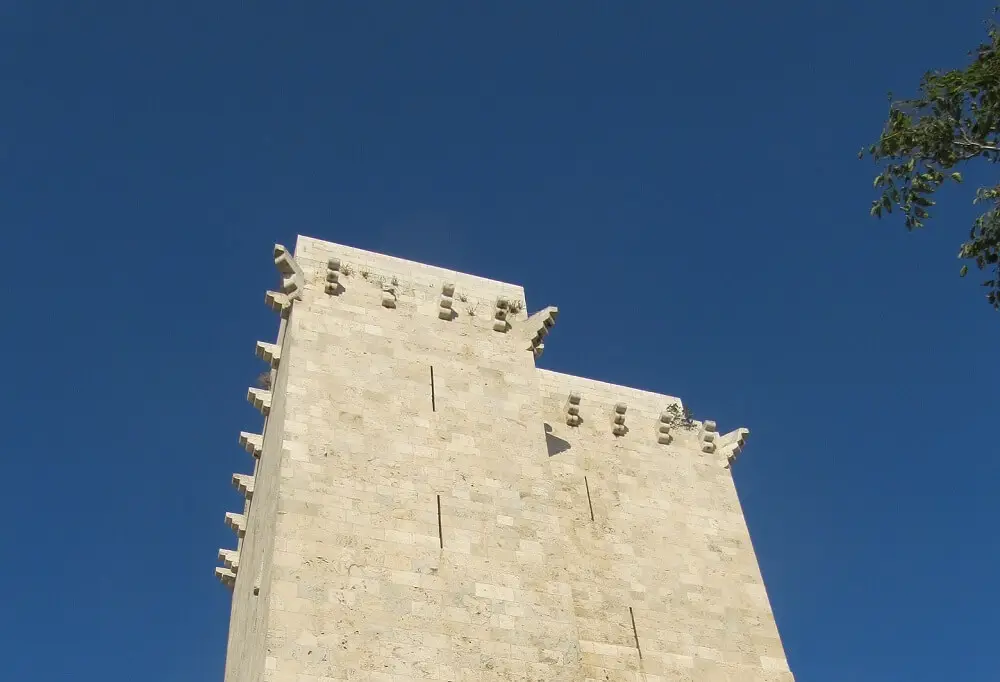
Location: Cagliari, Italy
Type of building: Castle
Completed: 1307
Next on our list of intriguing L-shaped buildings is the Torre dell’Elefante, located in the historic Castello quarter in Cagliari, Italy. This medieval structure was first completed in 1307, and is translated in English as ‘Tower of the Elephant’.
It was fashioned from nearby Colle di Bonaria’s white limestone, with the tower’s solid three sides following Pisan tradition. Despite enduring damage from various conflicts, the Torre dell’Elefante underwent restoration, preserving its historical charm.
Today, visitors can admire ancient crests from the 14th century and a small elephant sculpture, symbolising Pisan heritage. The Torre dell’Elefante continues to grace Cagliari’s skyline, enchanting all with its timeless beauty and captivating history.
3. Pontsteigergebouw
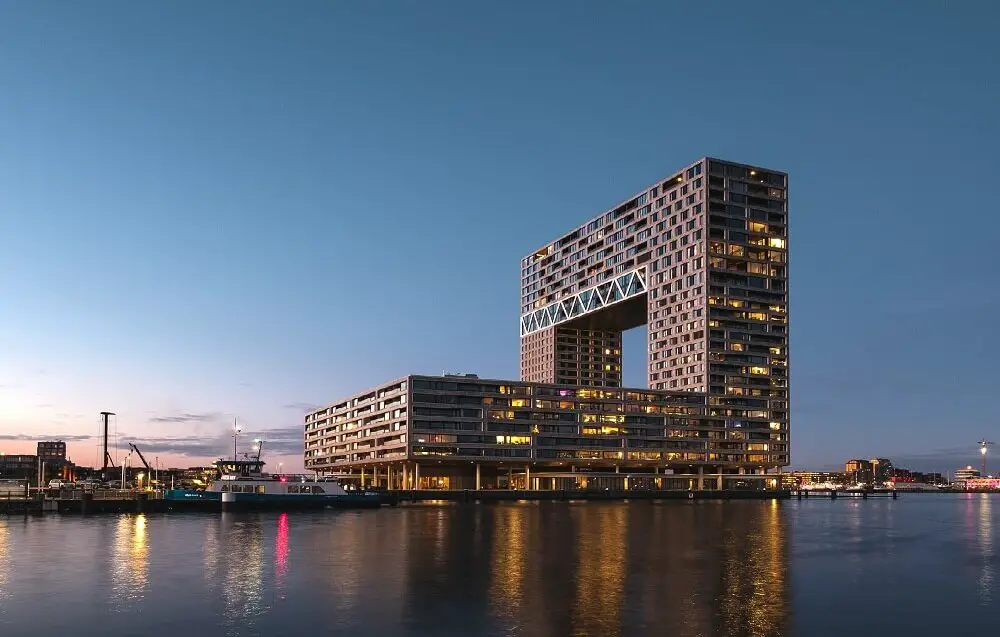
Location: Amsterdam, Netherlands
Type of building: Residential Building
Completed: 2019
The Pontsteigergebouw, sometimes called the Pontsteiger, is a particularly distinctive L-shaped building that stands out boldly on the Amsterdam skyline. It is situated in the Houthavens area of the city, and is known for its angular appearance and flowing facades.
Construction on the Pontsteigergebouw began in 2015, and lasted for four years. It houses a mix of residential units, shops, and restaurants, catering to a modern urban lifestyle. The 25th floor of the building is notable for its extravagant penthouse, which provides panoramic views across Amsterdam and 1440 square metres of living space.
In 2020, the Pontsteigergebouw garnered recognition as one of nine nominees for the esteemed Amsterdam Architecture Prize, cementing its esteemed status. It stands as one of the city’s best examples of modern architectural innovation.
4. Muchalls Castle
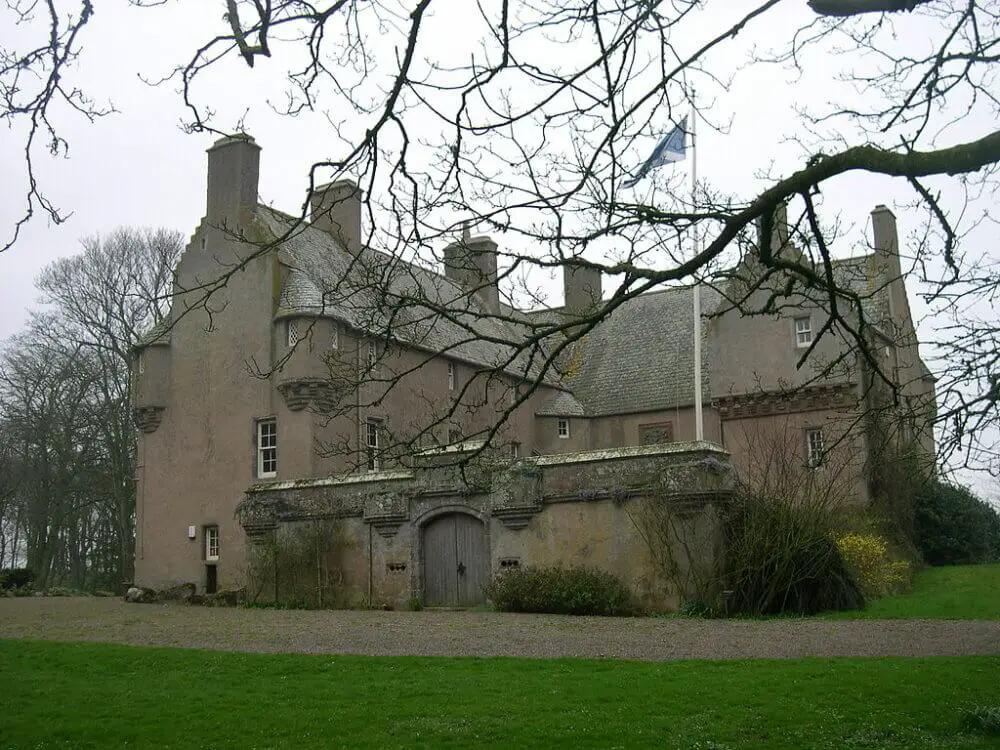
Location: Aberdeenshire, Scotland
Type of building: Castle
Completed: 1627
Nestled amidst the picturesque Aberdeenshire countryside in North East Scotland, Muchalls Castle is a captivating historic landmark that overlooks the North Sea. The castle’s history dates back to the 13th century, when the Frasers of Muchalls erected a Romanesque, double-groined tower house structure.
Later, in the 17th century, the castle underwent significant expansion and enhancement, with the main additions made by Sir Thomas Burnett, 1st Baronet, in 1627. The Burnetts of Leys continued the castle’s transformation, building the rest of the castle as we know it today.
In present times, it is regarded as one of the most fascinating examples of L-plan castles in the region. It is also noted for its intricate plasterwork ceilings, which are considered some of the best preserved in the country.
5. La Tour De Lille
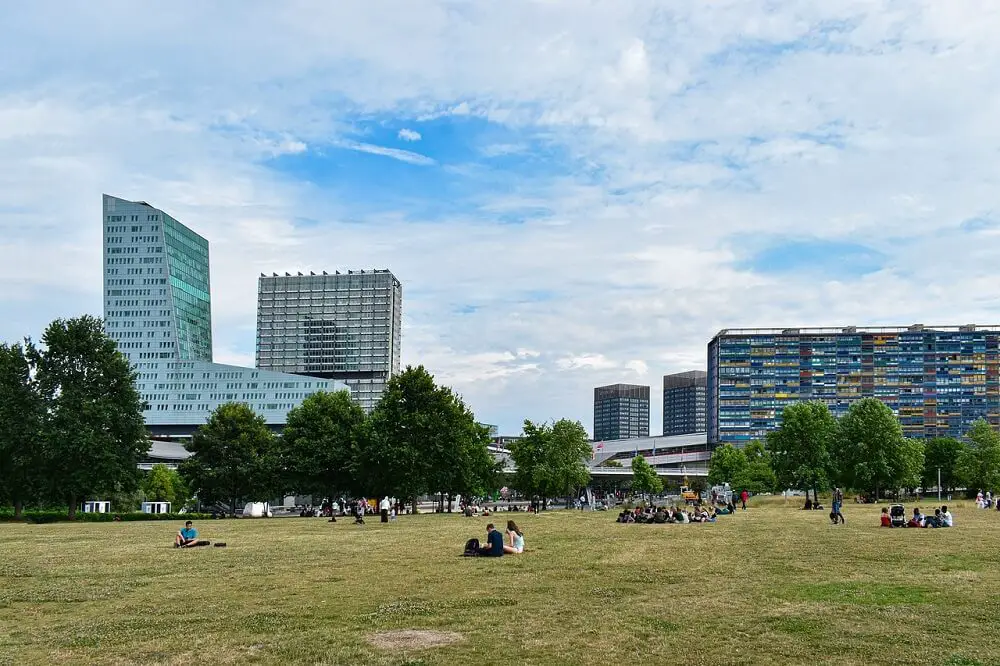
Location: Lille, France
Type of building: Office
Completed: 1995
The Tour de Lille, previously known as Tour du Crédit-Lyonnais, stands as a prominent office skyscraper in the Euralille business district of Lille, France. Featuring a bold L-shaped design, the iconic tower’s appearance has earned it various nicknames, including ‘the L’ and the ‘ski boot’.
Soaring 116 metres high and boasting an impressive area of 18,135 square metres, the Tour de Lille is the fifth tallest tower outside Île-de-France. It was designed by the acclaimed architect Christian de Portzamparc and was completed in 1995.
The tower is located adjacent to the bustling Gare Lille Europe train station, which is one of the regions’ busiest travel hubs. Its unique form ensures that the structure stands out visibly on the Lille skyline, and makes it one of the city’s most interesting buildings.
6. Erchless Castle
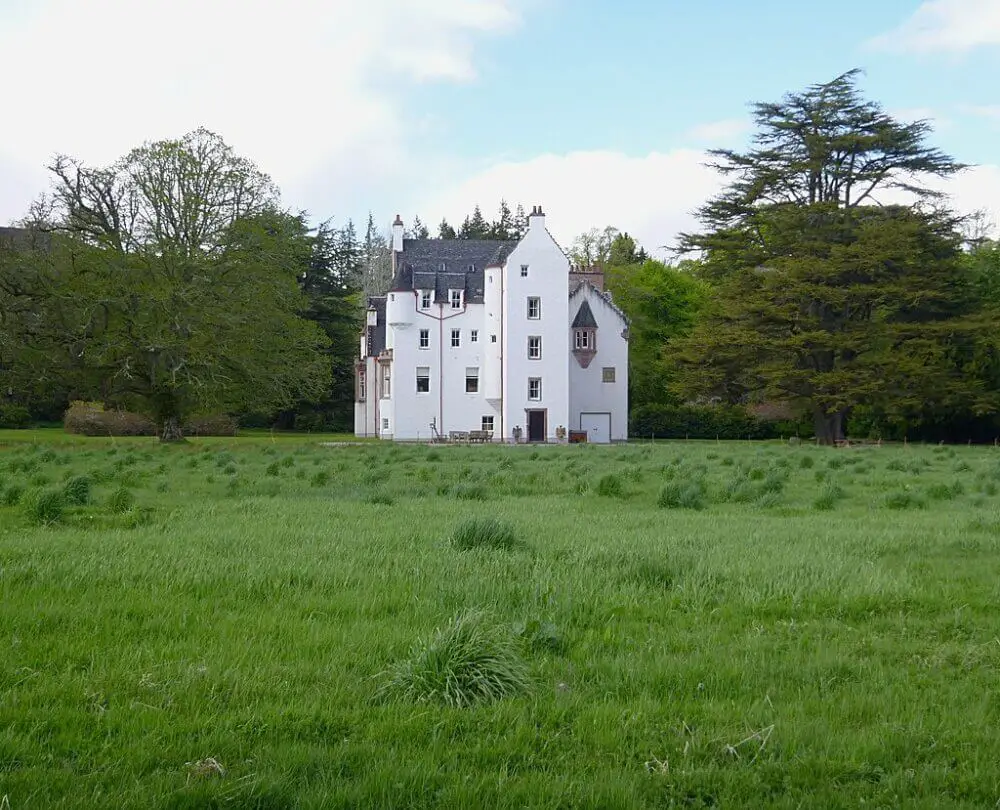
Location: Struy, Scotland
Type of building: Castle
Completed: 1600 (approx.)
Another famous L-plan castle located in Northern Scotland is Erchless Castle, near the town of Struy. The castle in its current form was first erected around the year 1600, but it has roots in the 13th Century, when it was built by the Bissetts.
It is the ancestral home of Margaret, Lady of Erchless, who gave the castle its name. The existing castle as it stands today features a Baronial-style wing which was installed in 1895, following a period of restoration and refurbishment.
Erchless Castle’s historical significance and architectural splendour have earned it protection as a Category B listed building, ensuring its preservation for generations to come. This majestic structure, with its L-style aesthetic and captivating history, continues to be a treasured gem in the heart of Scotland’s scenic landscape.
7. Peckham Library
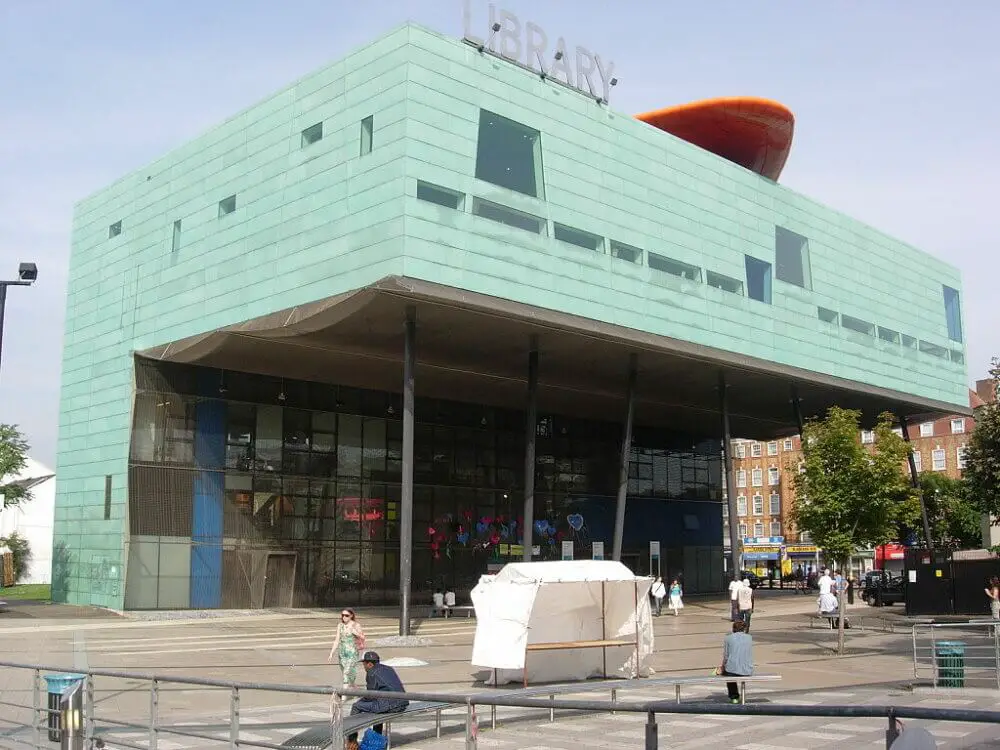
Location: London, England
Type of building: Library
Completed: 2000
Completed in the year 2000, Peckham Library in South East London features an intriguing design that stands as a testament to the city’s visionary architecture. The unique structure was designed by Alsop and Störmer and won the prestigious Stirling Prize for Architecture.
Its design resembles an inverted capital letter ‘L’ with its upper part seemingly defying gravity, supported by slender steel pillars at seemingly random angles. The supporting buildings on the ground and first floors house the information and media centre, with the library service occupying the fourth floor.
Peckham Library’s audacious design has helped to ensure its status as a beacon of creativity and literary inspiration, with hundreds of thousand visitors walking through its doors each year. It continues to serve as a cultural hub and architectural marvel for the local area.
8. Dunnottar Castle

Location: Stonehaven, Scotland
Type of building: Castle
Completed: 1392
Perched upon a rocky headland on Scotland’s north-eastern coast, Dunnottar Castle, known as ‘Dùn Fhoithear’ in Scottish Gaelic, is another stunning L-plan structure. Situated approximately 2 miles south of Stonehaven, this ruined fortress holds a strategic location and defensive strength that has played a prominent role in Scottish history.
While some buildings in the complex have been lost over time, the remaining buildings of Dunnottar Castle mainly date from the 15th and 16th centuries. The castle’s strategic significance was demonstrated during the 1715 Jacobite risings.
In the 20th century, efforts were made to restore the castle, making it accessible to the public. Today, Dunnottar Castle exists as an evocative ruin offering awe-inspiring vistas of the rugged coastline.
9. Fisher Building
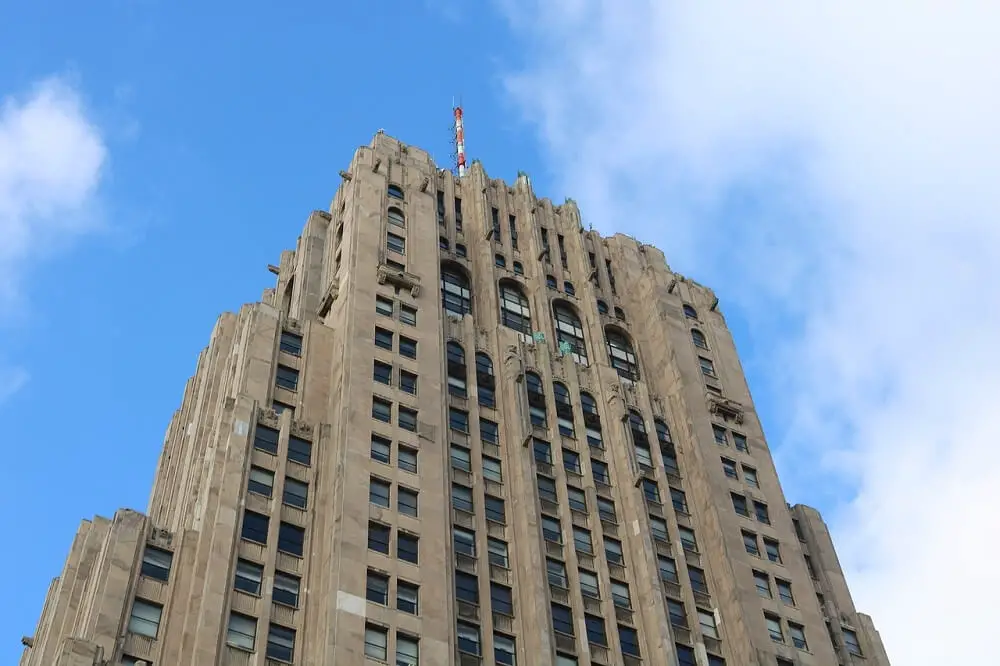
Location: Detroit, USA
Type of building: Mixed Use
Completed: 1928
Penultimate on our list of the ten amazing L shaped buildings is the Fisher Building in downtown Detroit, USA. This illustrious landmark skyscraper, situated at 3011 West Grand Boulevard, is one of the most significant Art Deco works by the renowned architect Albert Kahn.
The main feature of the 30-storey building is the magnificent Fisher Theatre, which boasts an elaborate interior with 2,089 seats. This iconic theatre has played host to countless performances and cultural events, becoming an integral part of Detroit’s vibrant arts scene.
Retail and office space is also included in the complex.
To recognise its historical and architectural significance, The Fisher Building was designated as a National Historic Landmark on June 29, 1989. This prestigious status cements its position as a cherished symbol of Detroit’s rich heritage and artistic legacy.
10. Torre di San Pancrazio
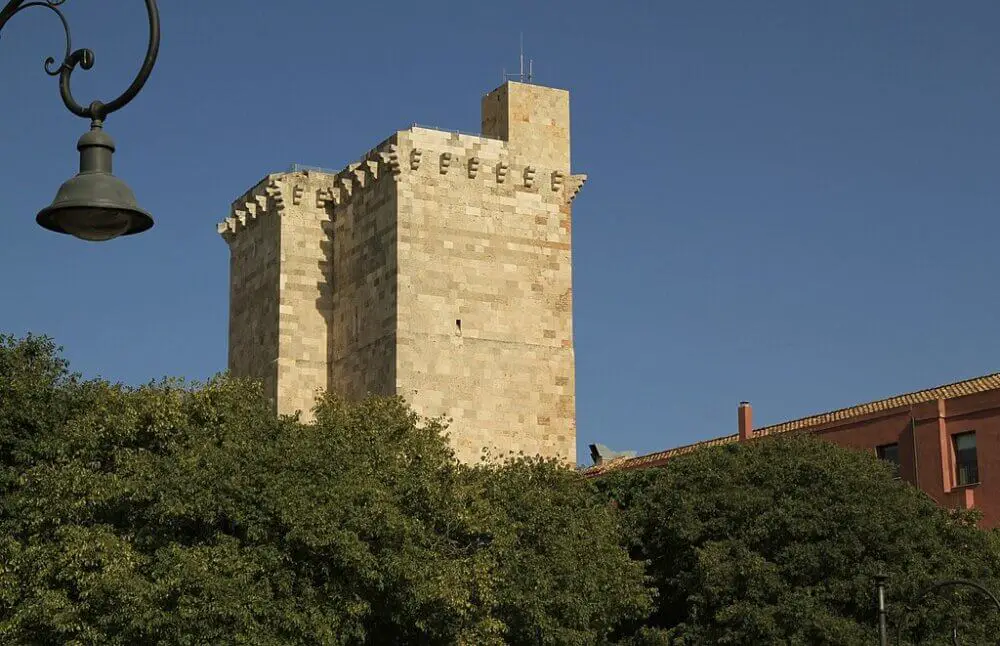
Location: Cagliari, Italy
Type of building: Castle
Completed: 1305
For the second of Cagliari’s entries on this list, the Torre di San Pancrazio is another stunning medieval tower that reflects the city’s storied history and architectural prowess. Just like Torre dell’Elefante, it is located in the Calgiari’s historic quarter of Castello, and showcases strong Pisan influences.
Designed by Sardinian architect Giovanni Capula, the tower’s construction was approved in response to the looming threat of an Aragonese invasion of the island. It is made up of local white limestone, and has walls up to three metres thick.
The Torre di San Pancrazio has served many different purposes in its time, including usage as a jail under Aragonese rule. In 1906, the tower received a much-needed restoration, since which visitors have been able to experience its awe-inspiring grandeur.
Thanks for reading our guide to ten amazing L shaped buildings from around the world. Although examples of such structures are relatively hard to find, you definitely won’t miss them when you do.
For more compilations, building news and architectural discussion, explore our latest articles, including a guide to whether architecture is hard.
You may also want to know what some of the terms mentioned in this article mean. For this, head over to our selection of building wikis to find out more.
Last Updated on 24 July 2023 by Michael